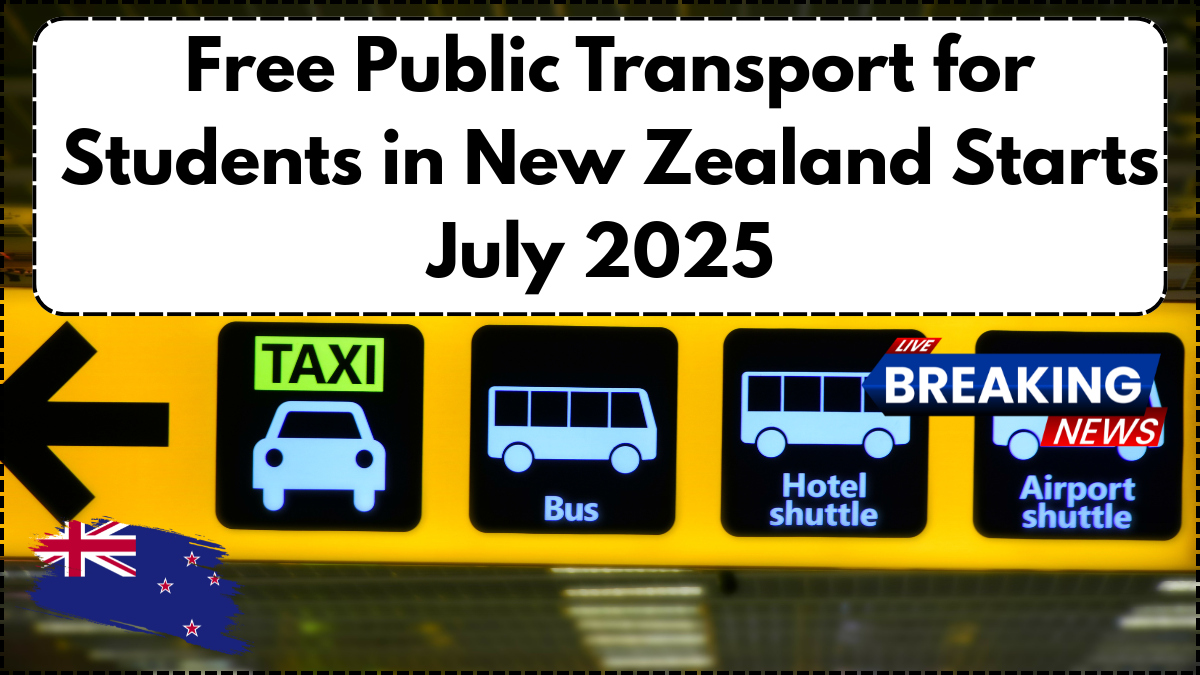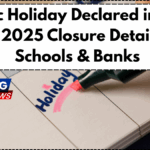Students across New Zealand will benefit from a sweeping policy aimed at making education more accessible—free public transport for students. Announced as part of the government’s commitment to reduce financial pressure on families and lower emissions, this initiative is set to reshape daily commuting for thousands of students nationwide.
The move follows years of advocacy from student unions, climate groups, and local councils. It marks a significant step toward equitable access to education and greener travel alternatives.

Who’s Eligible: Full List of Regions Where Students Ride Free
The new policy applies to all primary, secondary, and tertiary students enrolled in recognized institutions. Whether you’re a high schooler or attending university, the zero-fare scheme applies—provided you’re traveling within the designated regions. Below is a breakdown of all the regions participating as of July 2025:
| Region | Cities/Towns Included | Coverage Notes |
|---|---|---|
| Auckland | Entire Auckland Region | All AT Metro buses, trains, and ferries |
| Wellington | Wellington, Lower Hutt, Porirua, Upper Hutt | Full Metlink coverage |
| Canterbury | Christchurch, Timaru, Ashburton | Metro network & rural services |
| Waikato | Hamilton, Cambridge, Te Awamutu | Includes Bee Card services |
| Otago | Dunedin, Queenstown | Including Orbus and connector buses |
| Bay of Plenty | Tauranga, Rotorua | Regional network with student ID |
| Hawke’s Bay | Napier, Hastings | Urban and school-linked routes included |
| Northland | Whangārei, Kerikeri | Applies to contracted public transport |
Note: Students must present valid student ID or school-issued transport passes to qualify for free rides.
The Push Behind the Policy: Why Now?
This policy arrives amid increasing pressure to tackle both economic inequality and climate challenges. With transport being one of the largest household costs and a key contributor to emissions, free transit for students aims to kill two birds with one stone.
The regional trial launched in late 2023 across selected districts offered valuable data. Notably, student ridership increased by over 40% in the first three months in trial areas like Northland and Otago. This encouraged a national rollout, aligning with broader climate commitments and social equity goals.
How Auckland and Wellington Will Adapt
As the country’s largest urban centers, Auckland and Wellington have announced specific plans to support the free student transport rollout. Auckland Transport (AT) has committed to adding 120 new electric buses to reduce congestion and support the anticipated surge in student commuters. Meanwhile, Metlink in Wellington is expanding service frequency during school hours and adding more express lines to tertiary campuses.
Schools are also collaborating with transit authorities to ensure smooth verification processes. Digital student passes will be available via mobile apps, reducing boarding times and simplifying enforcement.
Beyond the Big Cities: How Regional Areas Benefit
While urban centers are well-resourced, the initiative’s real value may be felt more keenly in regional New Zealand. In places like Hawke’s Bay and Waikato, where students often travel long distances to school, the cost savings are substantial. Parents can expect to save between $40 and $70 weekly per child, depending on travel frequency and location.
In some rural towns, community-led shuttle services are being integrated into the public system to ensure students without access to regular buses still benefit. This inclusivity reflects the government’s commitment to nationwide equity.
Conclusion: A Step Toward Fairer, Greener Education Access
By making public transport free for students, New Zealand is not only investing in education but also in sustainable futures. With full implementation kicking off in July 2025, the nation takes a decisive step toward reducing both carbon footprints and financial barriers for young learners.
Whether you’re in Auckland, Wellington, or a smaller regional town, this is a welcome shift that combines smart policy with practical benefits.
FAQ
Who qualifies for NZ Public Transport Free for Students?
All students from primary through tertiary level enrolled in accredited institutions and residing in participating regions are eligible.
Do students need to apply or register?
No formal application is needed, but students must carry a valid student ID or digital travel pass issued by their institution.
What about private school students?
Yes, private school students are also included, provided their school is officially registered with the Ministry of Education.
Will this affect school bus services?
In many regions, existing school bus services will continue but may be integrated with public routes to increase efficiency.
Is this a permanent policy?
While currently confirmed for rollout in July 2025, the long-term continuation will depend on annual reviews and budget considerations.
Click here to learn more
Akesh is a talented content writer known for creating captivating and impactful narratives. He understands what resonates with audiences and tailors his content to inform, inspire, and engage. From blog posts and articles to marketing copy, his work consistently combines creativity with clarity. His skillful writing strengthens our brand’s voice and ensures our message leaves a meaningful impression.



